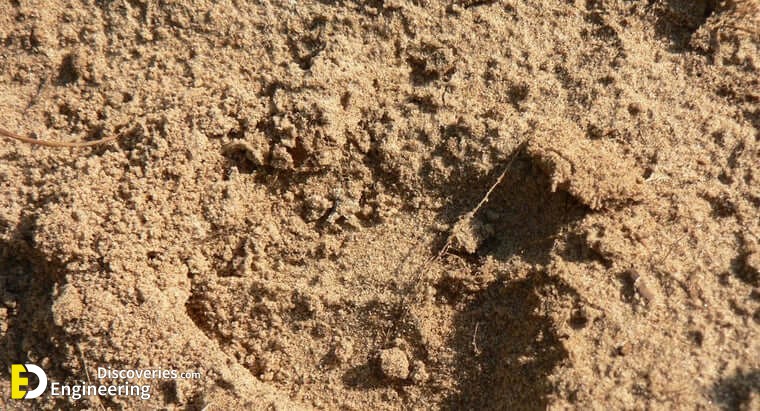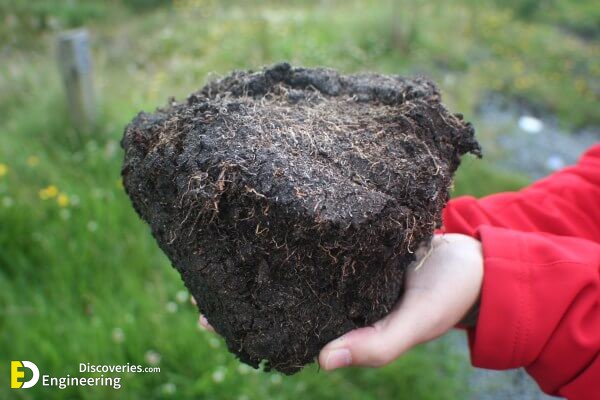Soil types
Soil is a natural resource that can be categorized into different soil types, each with distinct characteristics that provide growing benefits and limitations. Identifying the type of soil you require for a project is paramount to supporting the healthy growth of plant life. Soil can be categorized into sand, clay, silt, peat, chalk, and loam types of soil based on the dominating size of the particles within the soil.
Sandy soil – is light, warm, dry, and tends to be acidic and low in nutrients. Sandy soils are often known as light soils due to their high proportion of sand and little clay (clay weighs more than sand). These soils have quick water drainage and are easy to work with. They are quicker to warm up in spring than clay soils but tend to dry out in summer and suffer from low nutrients that are washed away by rain. The addition of organic matter can help give plants an additional boost of nutrients by improving the nutrient and water holding the capacity of the soil.
Clay soil – is heavy soil that benefit from high nutrients. Clay soils remain wet and cold in winter and dry out in summer. These soils are made of over 25 percent clay, and because of the spaces found between clay particles, clay soils hold a high amount of water. Because these soils drain slowly and take longer to warm up in summer, combined with drying out and cracking in summer, they can often test gardeners.
Silt soil – is light and moisture-retentive soil with a high fertility rating. As silt soils compromise medium-sized particles, they are well-drained and hold moisture well. As the particles are fine, they can be easily compacted and are prone to washing away with rain. By adding organic matter, the silt particles can be bound into more stable clumps.
Peat soil – is high in organic matter and retains a large amount of moisture. This type of soil is very rarely found in a garden and is often imported into a garden to provide an optimum soil base for planting.
Chalk soil – can be either light or heavy but always highly alkaline due to the calcium carbonate or lime within its structure. As these soils are alkaline they will not support the growth of ericaceous plants that require acidic soils to grow. If chalky soil shows signs of visible white lumps then they can’t be acidified and gardeners should be designed to only choose plants that prefer alkaline soil.
Loam soil – is a mixture of sand, silt, and clay that are combined to avoid the negative effects of each type. These soils are fertile, easy to work with, and provide good drainage. Depending on their predominant composition they can be either sandy or clay loam. As the soils are a perfect balance of soil particles, they are considered to be a gardener’s best friend but still benefit from topping up with the additional organic matter.
Click Here To See Soil Nailing Technique, applications, Advantages And Disadvantages







